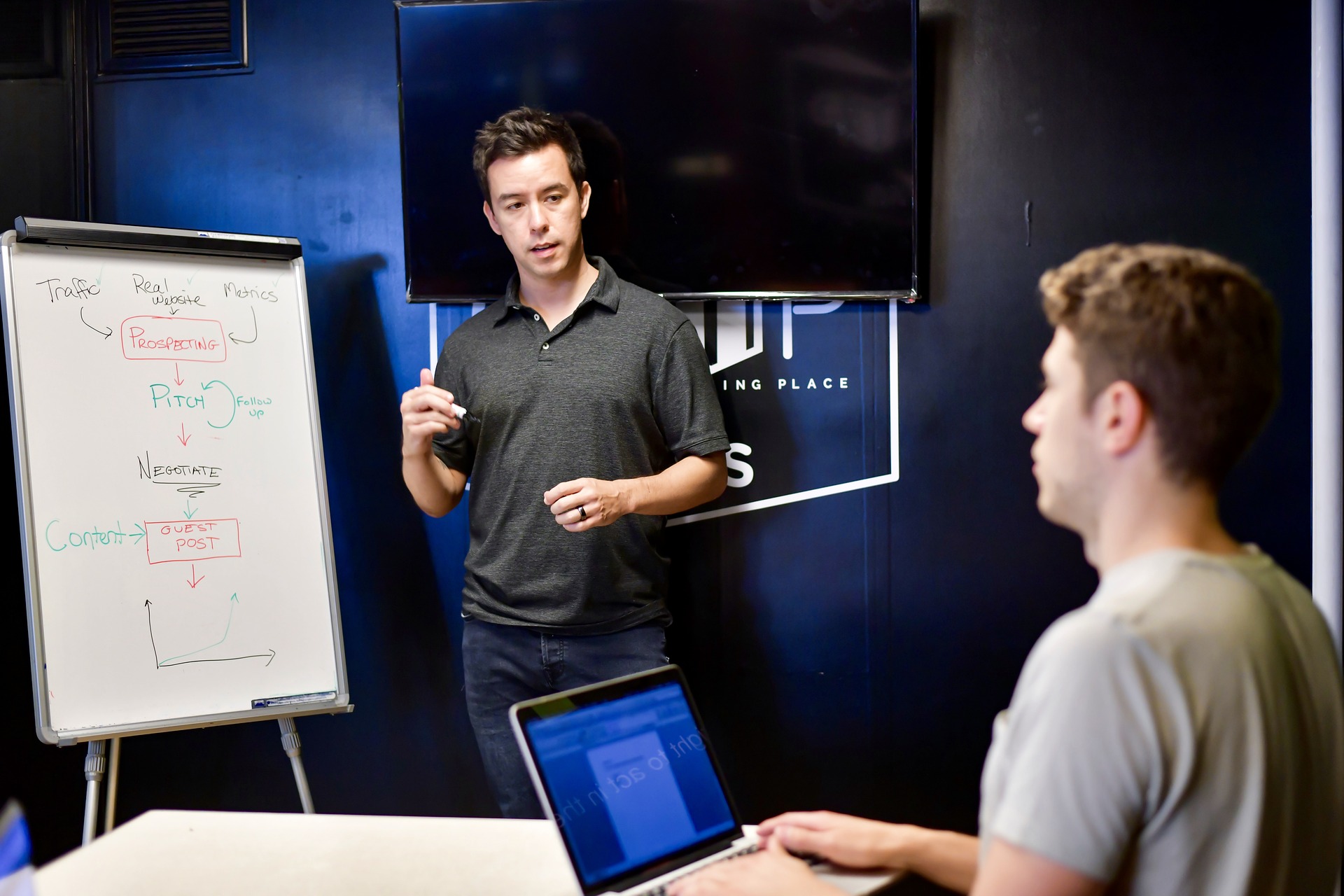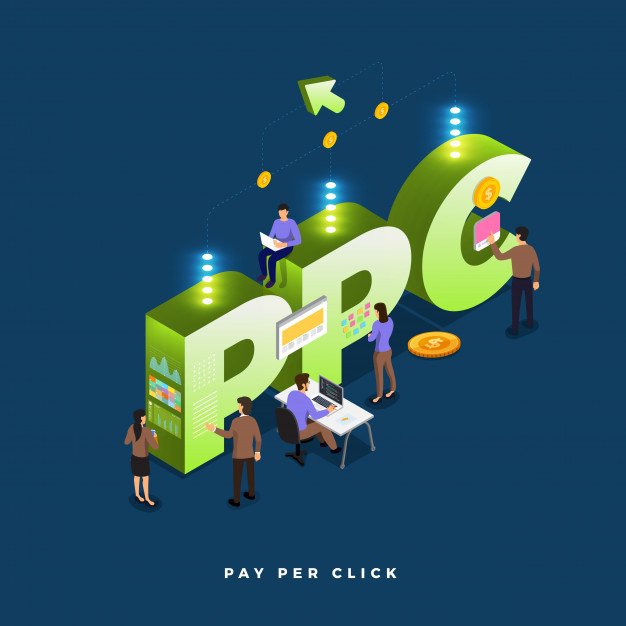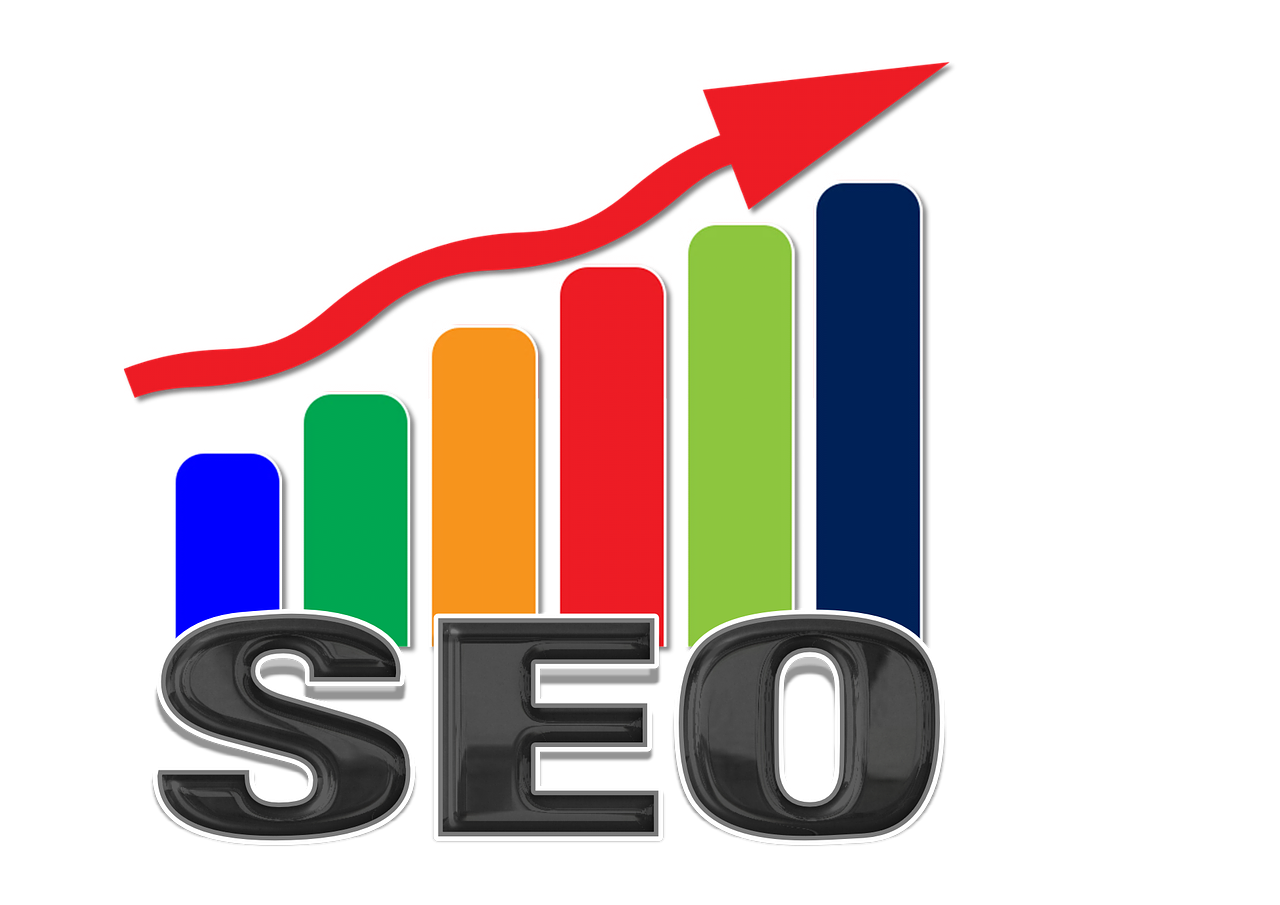Have you ever thought of optimizing your tag and category pages? Well, not many people are aware of the role these pages play and how they can negatively impact your SEO.
However, categories and tag pages are much more than just optimizing things for readers and search engines. Categories are essential for SEO; in fact, they are more important than the individual posts and pages.
Let’s say, you stumble upon a DIY makeup and hair blog and you suddenly find the post you just read quite fascinating and you are looking for more. Where would you go next? How will you read next?
You see a big tag cloud at one side with ‘Hairstyles’. You are going to a party, so you click it. You see, many random posts on the same page, but since the posts are not sorted, you become confused and leave the page. That’s how WordPress behaves! And, sometimes this behavior only makes sense to the authors, not the readers.
However, if the web page has the same and sorted content, maybe the best hairstyles on that page with the content explaining how you can try those styles, it would have been easier for the reader.
What Is A Category Page?
A category page lets you combine different posts altogether. It’s more like your main page of the blog that displays posts from a particular category. Think of categories as a table of content of your site that will give readers an overview of what the comlplete guide to seo is all about.
Further, the categories are hierarchical, which means you can create a subheading with ease. Category pages might have the same template as your post with the similar widgets and sidebar.
Usually, category pages have the title, image, and the introduction of the post with paging at the bottom to help readers navigate through the archives. In terms of SEO, category pages have many issues with duplicate content being one of them. A category page with excerpts of different posts need not have to be unique, as everything is already available at various posts.
Category Pages Are Also Difficult To Rank….
Because of the piracy and duplicate content, Google will rank a page or post from your website instead of the complete category page. Put any keyword on Google, and you will rarely find any category page in the SERPS.
The only time when Google might show a category page is when a website has many related pages, and the SEO structure of a website will help Google choose category pages over a post page.
Tags:
Tags help in describing the details of your web post; you can think of them as your website’s index words. Besides, they can also be touted as the microdata that you can use to micro-categorize your content.
Also, tags are not hierarchical, for instance, if you have a blog where you write about daily events; you can categorize it as Music, Food, Books and more. Now, if you write posts in these any of these categories lets say food, you can put tags like pasta, pork, pizza, etc.
Further, when you add a tag in the tags section of the post, WordPress automatically creates a page for each tag. Further, a tag page is just like a category page that lets you group posts together. It shares the same template as archive pages and is also not shown in the menu unless you specifically add them in the post.
How To Add Content In Both Category And Tag Pages?
Spend time in organizing content and ensure they look relevant. It’s very easy to randomly add tags and categories, but that creates confusion and looks messy.
You can either add categories or tags, or both. Besides, you can also add individual categories, but don’t get overwhelmed thinking you will have to complete everything at once.
Conclusion:
Your website is for readers, not for the search engine bots. Just think of your webpage as an evolving book, so choose your table of content and increase readability!
Read Also:
- Guide To Hiring A WordPress Developer
- 8 Reasons Your SEO Campaigns Aren’t Showing The Desired Results
Source: SEO for dummies






















